Bridges tell the story of America’s engineering heritage, linking landscapes and people across generations. Some of the oldest bridges in the United States offer a glimpse into early craftsmanship, each built with purpose and precision. These historic structures have stood the test of time, showcasing both simple elegance and enduring strength. Each one represents a unique chapter in American history, well worth appreciating.
Frankford Avenue Bridge (Philadelphia, Pennsylvania)
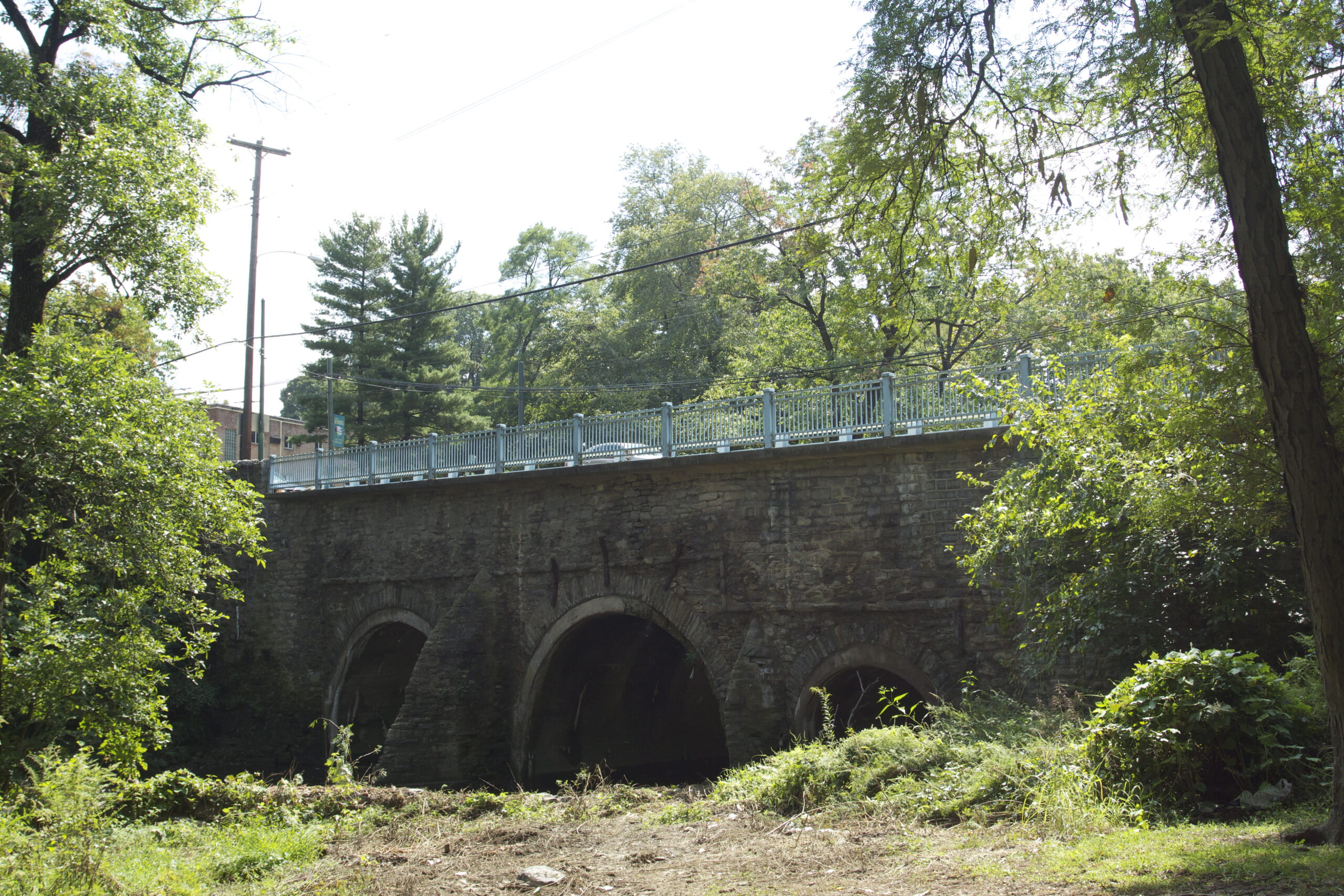
Built in 1697, the Frankford Avenue Bridge stands as the oldest stone-arch bridge still in use in the United States. Located in Philadelphia, Pennsylvania, this bridge is a crucial link on what was once the main thoroughfare between Philadelphia and New York. It was constructed with local stone, reflecting the architectural preferences of the colonial era. The bridge’s original design, a three-span arch, was the work of early settlers rather than a known architect. Its robust construction has withstood centuries of use, accommodating both pedestrians and vehicles over Pennypack Creek. Through restoration efforts, it retains its historical integrity, serving as a living monument to American infrastructure.
Choate Bridge (Ipswich, Massachusetts)
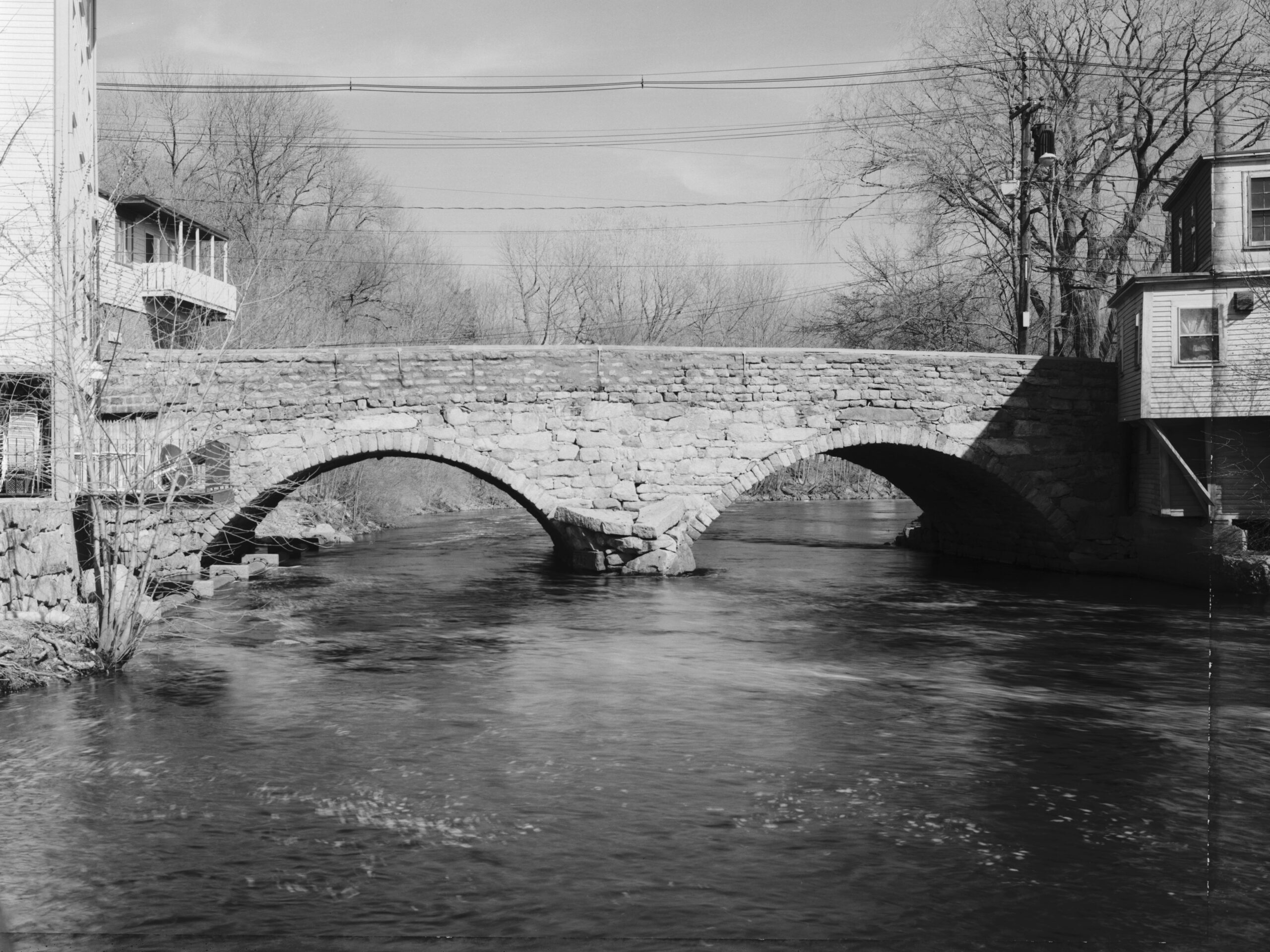
The Choate Bridge, built in 1764 in Ipswich, Massachusetts, is one of the oldest surviving stone bridges in the United States. Named after John Choate, a local politician who funded its construction, the bridge spans the Ipswich River and has two graceful arches. Architect Colonel John Choate spearheaded the design, which used locally sourced stone to create a durable structure. The bridge originally served both pedestrians and horse-drawn carriages, and today, it continues to support modern vehicles. Over time, careful maintenance has preserved its historic look and feel, allowing visitors to appreciate this piece of colonial engineering.
Boston Post Road Bridge (Corbin’s Bridge, Greenwich, Connecticut)
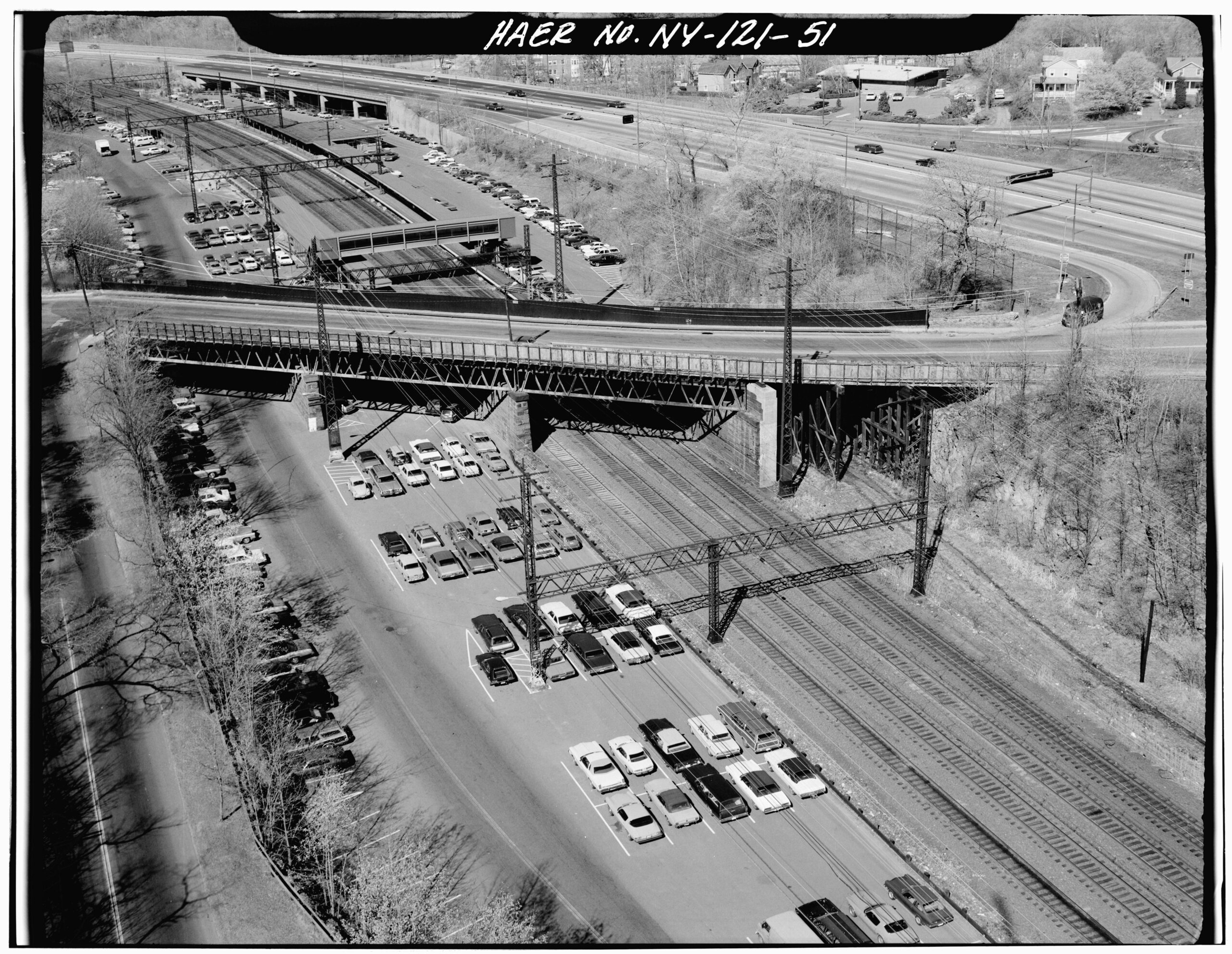
Constructed in 1726, the Boston Post Road Bridge, also known as Corbin’s Bridge, is located in Greenwich, Connecticut. This small yet sturdy stone-arch bridge was built as part of the historic Boston Post Road, a major route between New York and Boston. Its design reflects early American practicality, utilizing local stone to create a single-span arch over the Byram River. There is no specific architect credited with the construction, as it was likely a community effort overseen by local masons. It remains one of the oldest standing roadway bridges in the United States and still functions as a quiet yet vital historical crossing.
Essex-Merrimack Bridge (Newburyport, Massachusetts)

Built in 1792, the Essex-Merrimack Bridge in Newburyport, Massachusetts, is one of the earliest American bridges to span a major river. This wooden truss bridge crosses the Merrimack River and was designed to accommodate the growing trade needs of Newburyport’s bustling port. The bridge’s design was the work of Timothy Palmer, an innovative bridge architect known for pioneering wooden bridge construction in America. Originally built as a toll bridge, it was modified over time to suit increasing transportation demands. Despite changes and restoration efforts, the bridge’s core design remains a testament to Palmer’s early engineering skill.
Hyde Hall Covered Bridge (Cooperstown, New York)
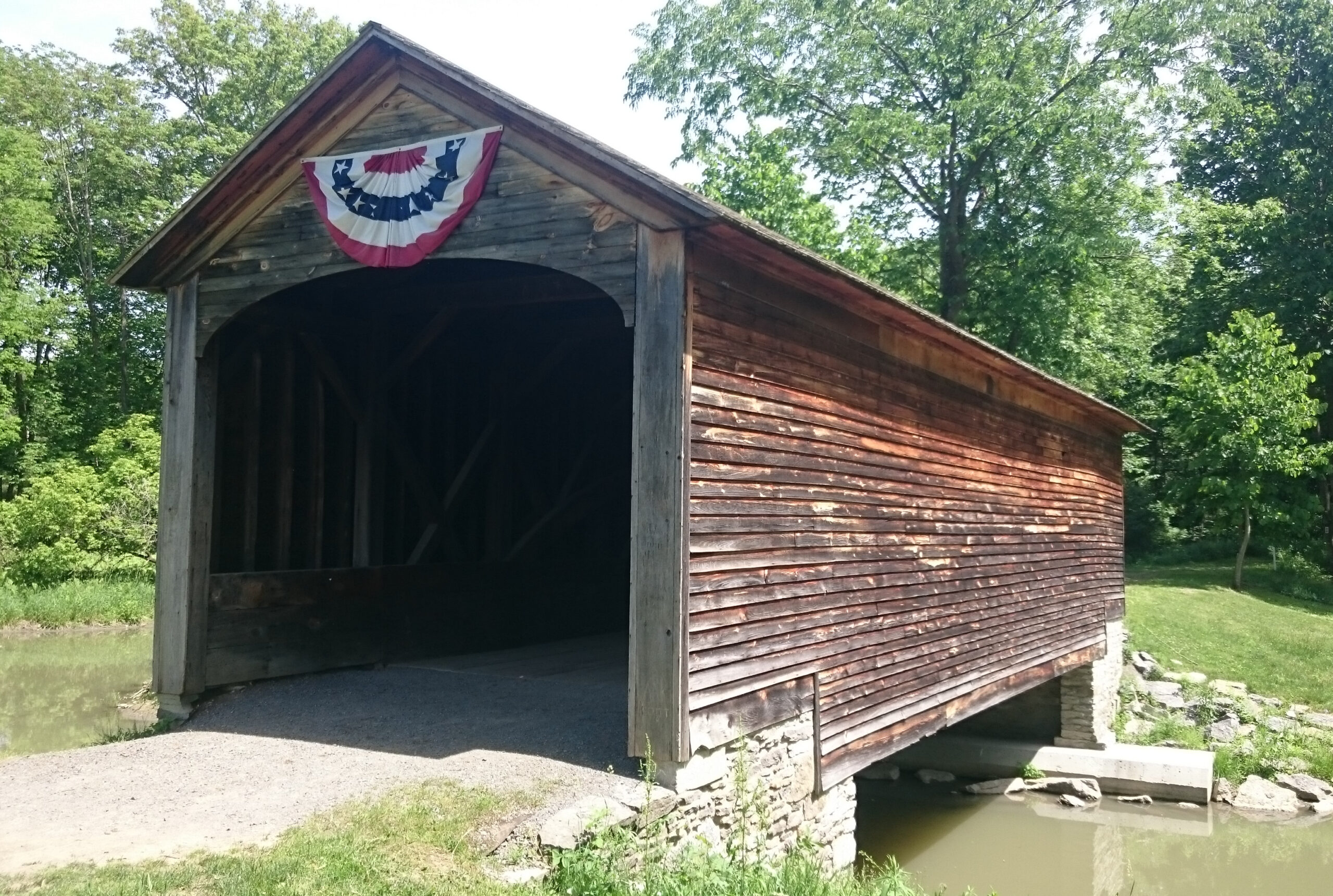
The Hyde Hall Covered Bridge, built in 1825, stands as one of the oldest covered bridges in New York and the nation. Located on the grounds of Hyde Hall estate near Cooperstown, it crosses a small stream in Glimmerglass State Park. The bridge is a Burr arch truss, a popular design of the time, combining wooden beams with arch supports for stability. Although there’s no single architect attributed to its construction, it reflects the influence of pioneer bridge builders in the Northeast. Its wooden structure, enclosed with traditional weatherboarding, is preserved meticulously, allowing it to be one of the oldest covered bridges still accessible today.
King’s Bridge (Bronx, New York)
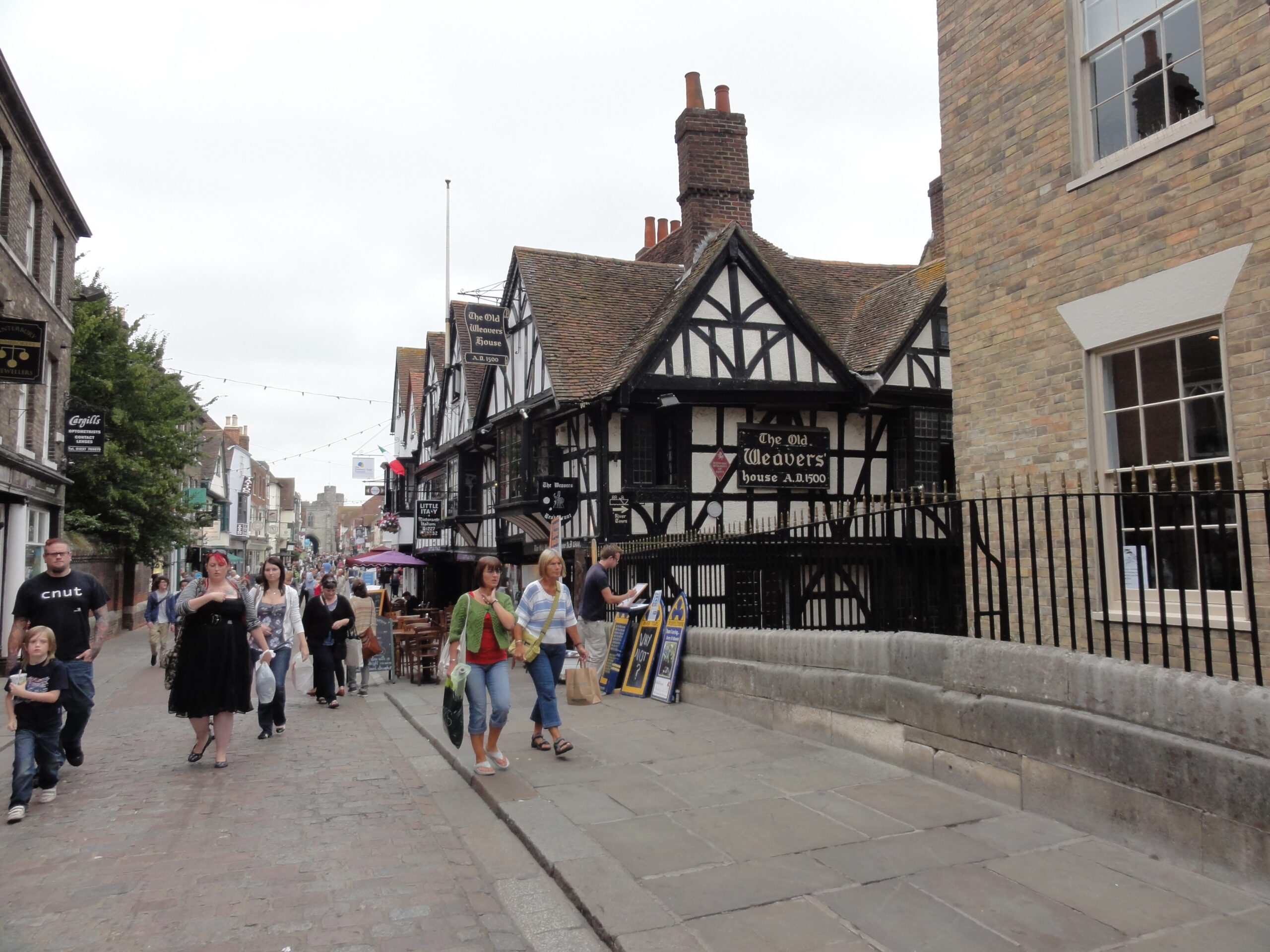
King’s Bridge, originally built in 1693 in the Bronx, New York, served as a strategic crossing over Spuyten Duyvil Creek. Constructed under the direction of Frederick Philipse, a wealthy landowner, this small stone-arch bridge facilitated travel between Manhattan and the mainland. Built with local stone, its single-arch design was practical for its time and intended to support pedestrian and carriage traffic. While the original bridge has been replaced, its historical significance is commemorated at the site. Philipse’s investment in the bridge highlights the early colonial push to develop critical infrastructure, marking it as a notable point in American history.
Newfield Covered Bridge (Newfield, New York)
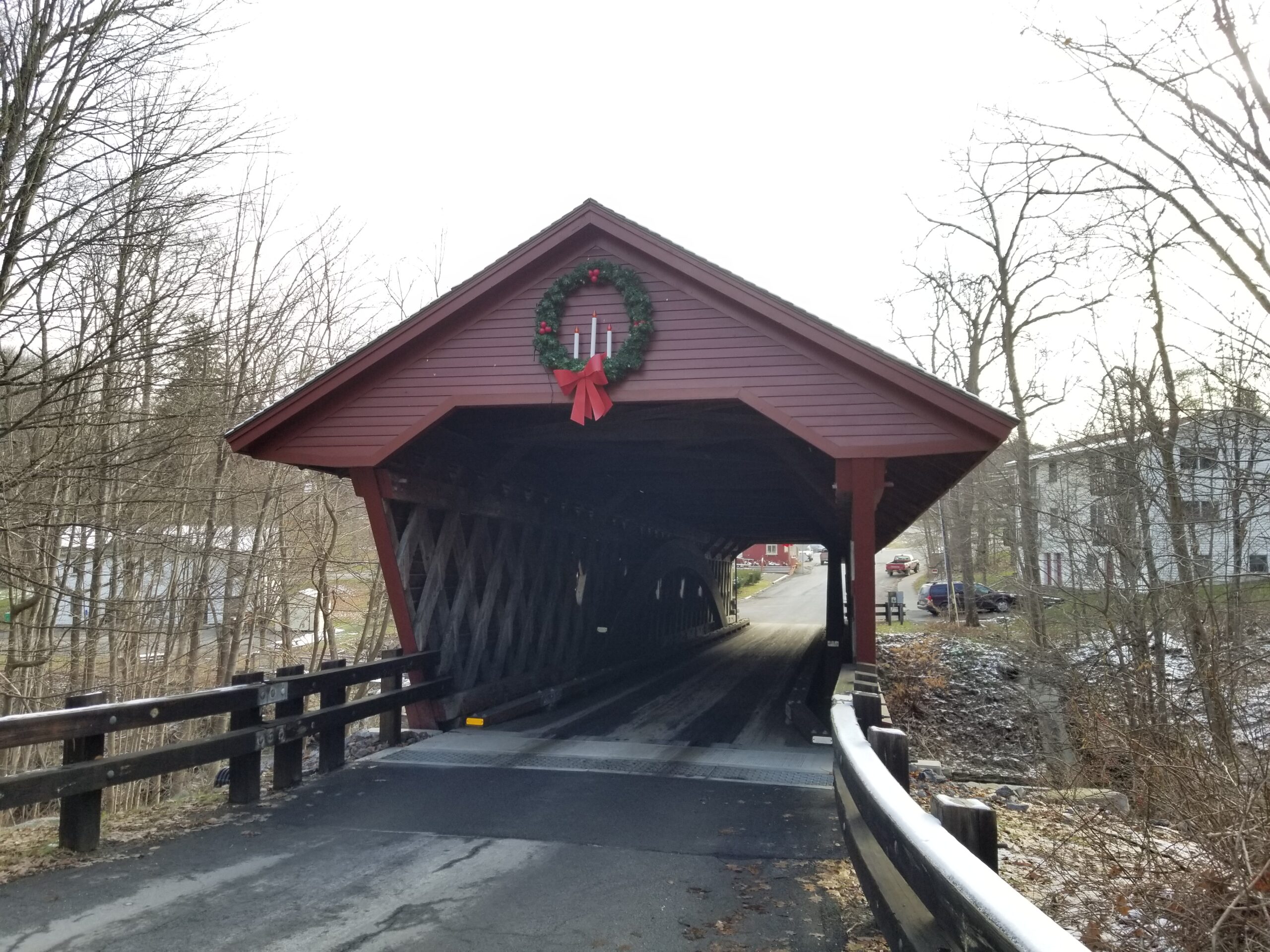
Constructed in 1853, the Newfield Covered Bridge is located in Newfield, New York. This historic bridge spans the West Branch Cayuga Inlet and is the last remaining covered bridge in Tompkins County. Its design features a Town lattice truss, a popular type of wooden truss structure for covered bridges. This design provided strength while allowing the structure to remain relatively light. Local builder and architect John W. Yule is credited with its construction, blending practicality with beauty. The bridge’s roof and side enclosures protect the wooden structure from harsh weather, helping it withstand the test of time. Today, it stands as a treasured piece of New York history and a rare example of 19th-century bridge craftsmanship.
Haverhill-Bath Covered Bridge (Woodsville, New Hampshire)
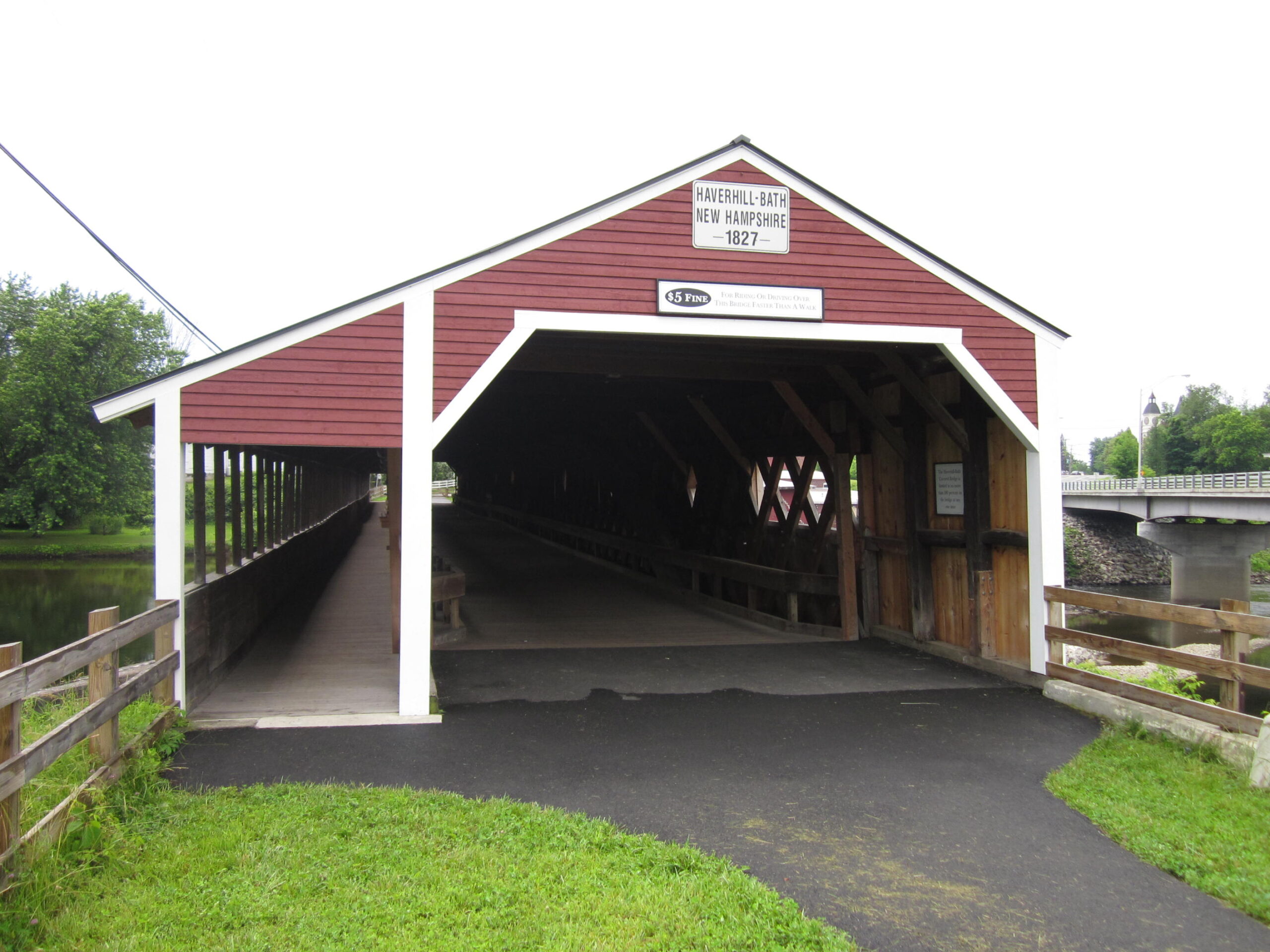
Built in 1829, the Haverhill-Bath Covered Bridge spans the Ammonoosuc River between the towns of Haverhill and Bath in New Hampshire. This bridge was constructed with a two-span Town lattice truss design, featuring a wooden structure reinforced by crisscrossed planks. The bridge’s builder, Moses Abbott, ensured a strong and lasting structure that could endure river currents and weathering. Measuring 256 feet in length, it remains one of the longest covered bridges in the region. It connects communities while retaining its historic charm, showcasing New Hampshire’s dedication to preserving its early architecture. The Haverhill-Bath Covered Bridge still serves the public, celebrated for its historical and architectural significance.
Old North Bridge (Concord, Massachusetts)
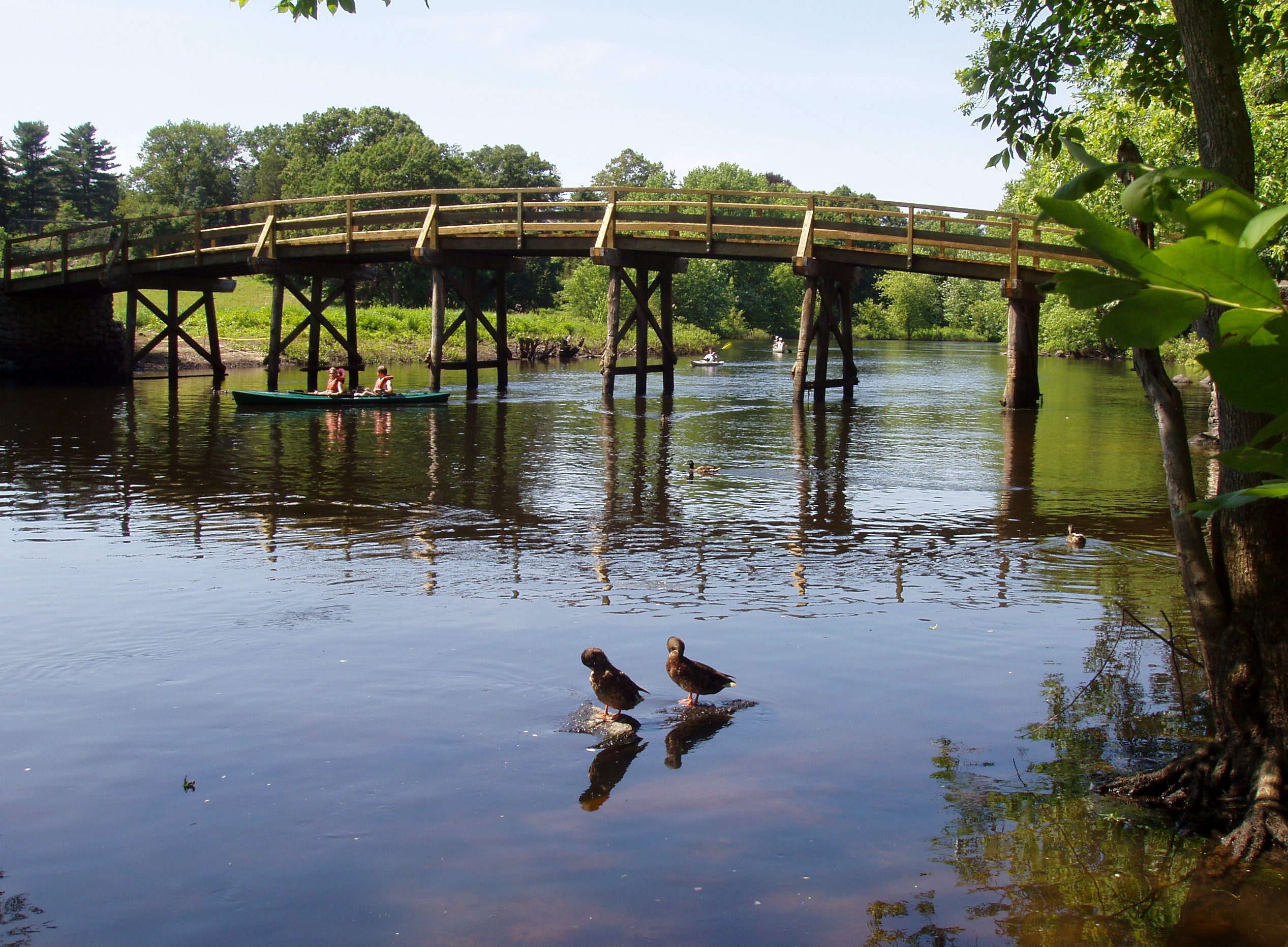
The Old North Bridge, originally built in 1760 in Concord, Massachusetts, holds a unique place in American history. Known for its role in the Battle of Concord during the American Revolutionary War, it stands as a symbol of patriotism. Although the current structure is a replica of the original, its design closely resembles the original wood construction. The bridge, a simple wooden plank style with basic railings, was designed by local carpenters of the colonial era, with no single architect attributed. It spans the Concord River and remains a significant historical landmark. Today, it is part of the Minute Man National Historical Park, drawing visitors who wish to connect with early American history.
New Milford River Road Bridge (New Milford, Connecticut)
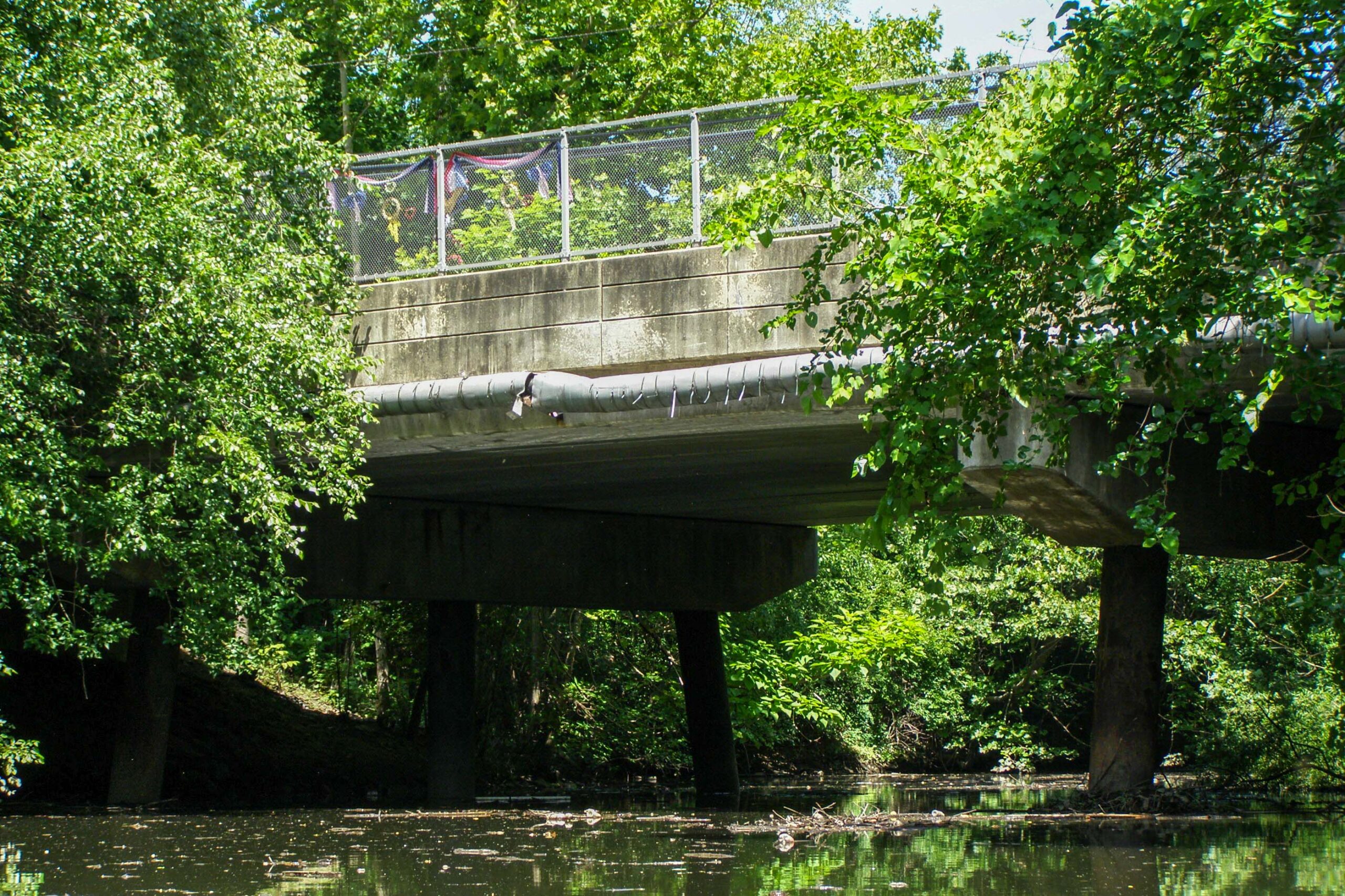
The New Milford River Road Bridge, built in 1770, is located in New Milford, Connecticut. This stone-arch bridge spans the Aspetuck River and showcases traditional masonry techniques of the period. Early settlers likely constructed this bridge using local stone, forming a single arch for stability and simplicity. Its design reflects colonial practicality, intended to withstand the elements and support community travel. There is no specific architect recorded for the structure, as it was likely a community project involving local masons. The bridge’s solid construction and historical value make it a treasured landmark. It serves as a lasting symbol of early infrastructure in Connecticut.
Cornish-Windsor Covered Bridge (Cornish, New Hampshire, and Windsor, Vermont)
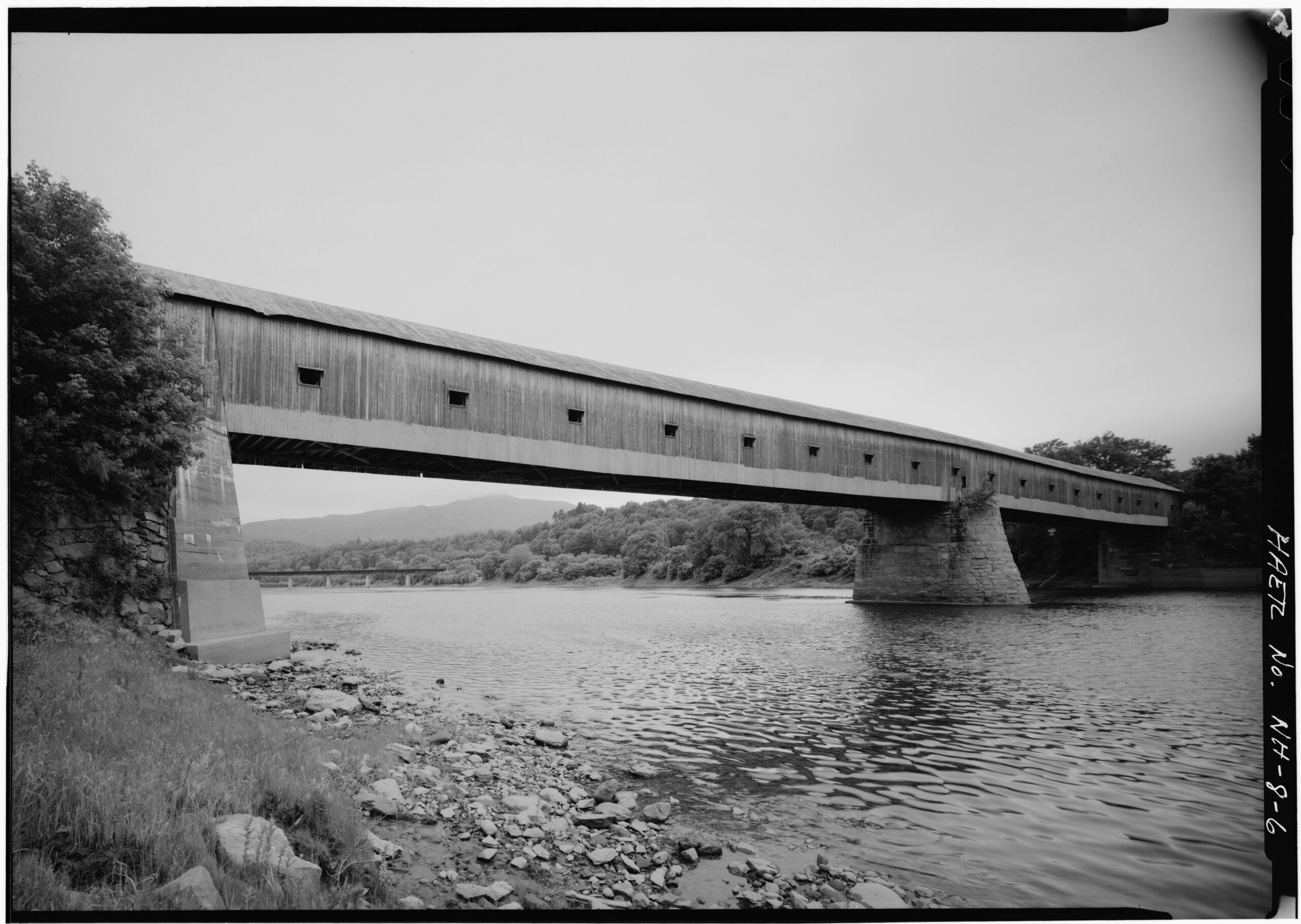
The Cornish-Windsor Covered Bridge, completed in 1866, is a remarkable structure spanning the Connecticut River between Cornish, New Hampshire, and Windsor, Vermont. At 449 feet, it was one of the longest covered bridges in the United States. The bridge features a multiple-kingpost truss design, a common architectural style for covered bridges at the time. Designed and built by engineer James Tasker, the bridge’s covered structure protected its wooden components from weathering. It was constructed to support both pedestrian and vehicle traffic, enhancing connectivity between the two states. Today, it remains a celebrated icon of 19th-century bridge engineering and a vital link in the local community.
Blenheim Covered Bridge (Schoharie, New York)
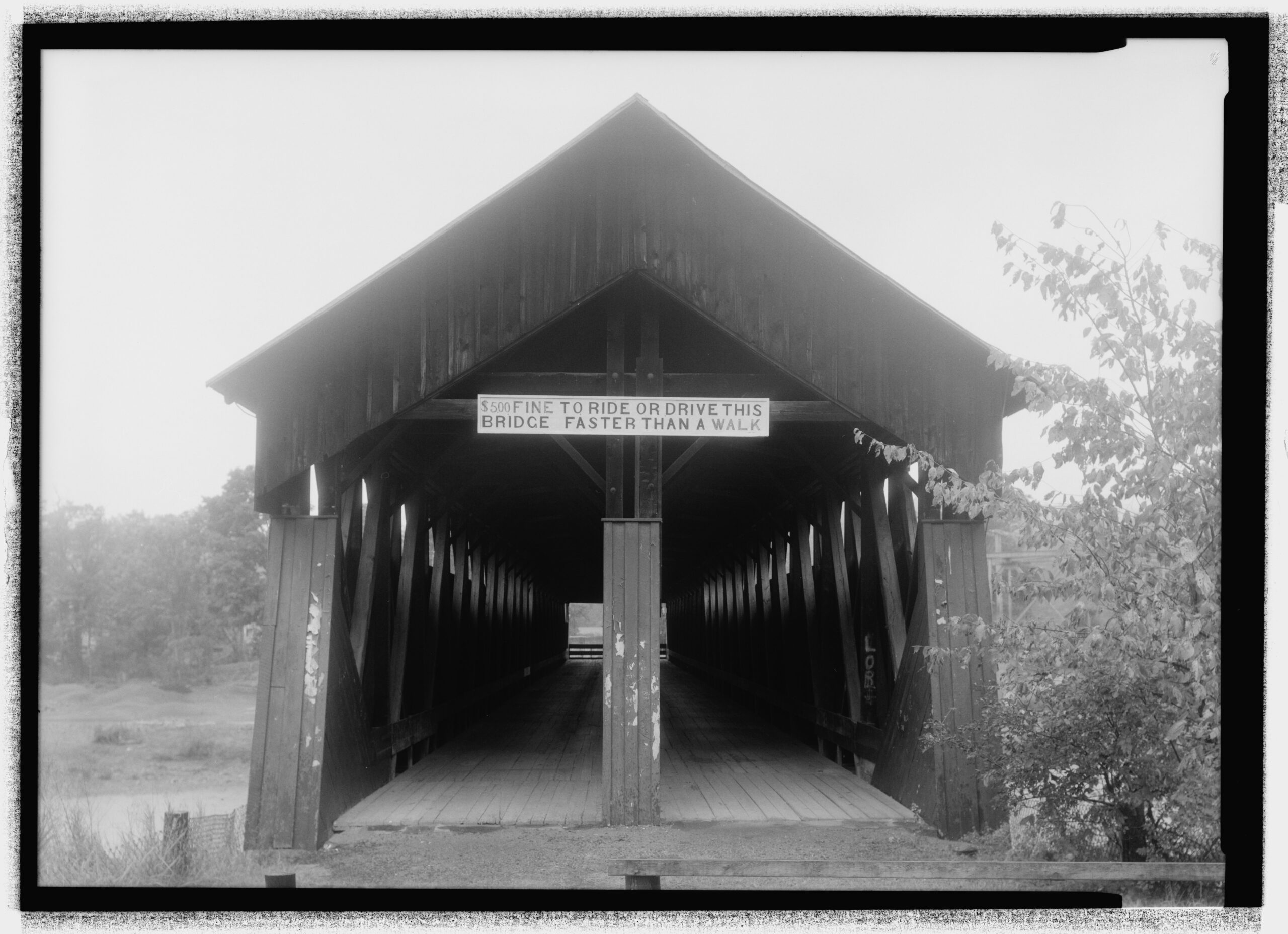
Built in 1855, the Blenheim Covered Bridge once stood proudly over Schoharie Creek in Blenheim, New York. This bridge was one of the longest single-span covered bridges in the United States, measuring 232 feet. Its design utilized a Burr arch truss, combining a wooden truss system with an arch for added strength. Nicholas Powers, a well-known bridge builder of his time, designed the bridge to handle heavy use and turbulent waters. Unfortunately, the original bridge was destroyed by a flood in 2011, but it was later reconstructed to honor its historical legacy. The rebuilt Blenheim Covered Bridge now serves as a reminder of the engineering innovation of 19th-century America.
This article originally appeared on Rarest.org.
More from Rarest.org
13 Animals with Unbelievable Journeys for Breeding and Survival

Many animals across the world embark on incredible journeys for breeding and survival. Read More.
10 Oldest Monotheistic Religions in The World
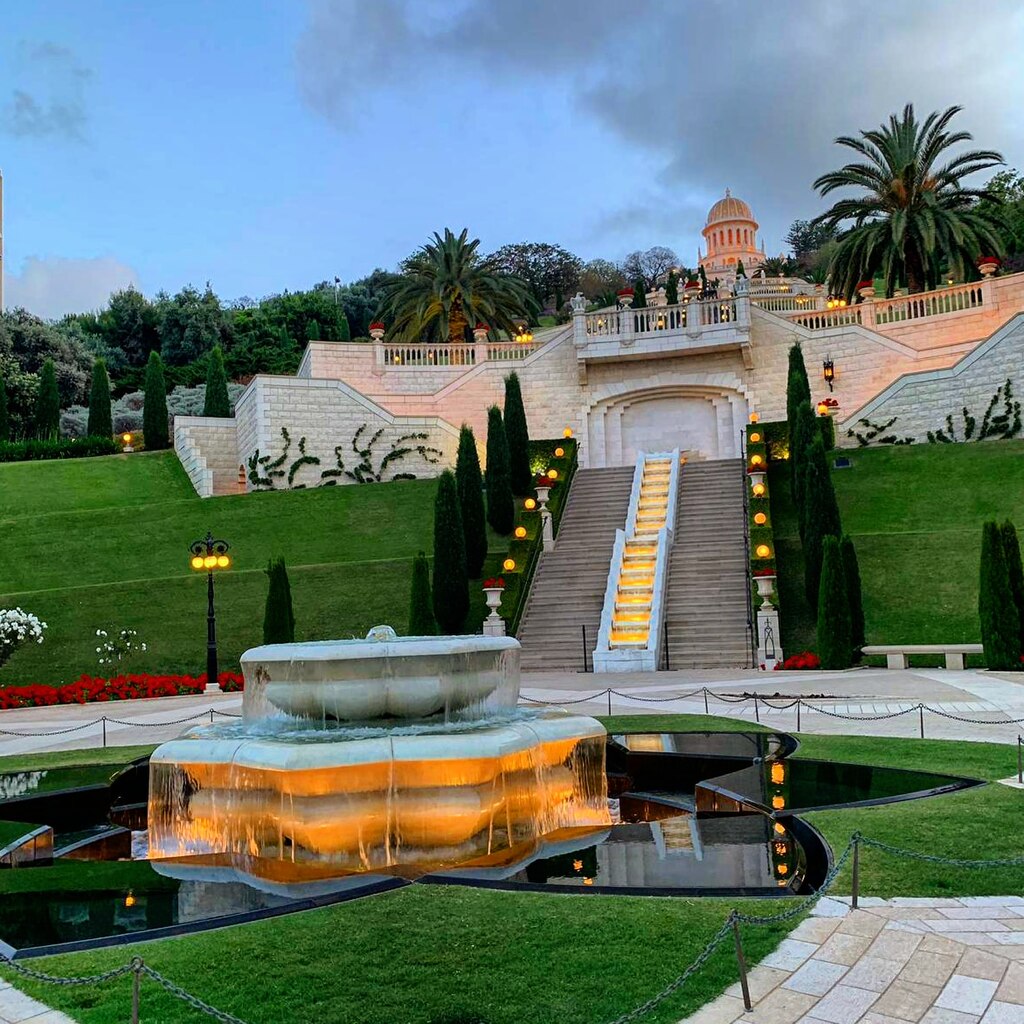
Monotheistic religions, those centered on the belief in a single god, have shaped human history for thousands of years. Read More.
17 Largest Ships in the World

When it comes to the largest ships in the world, their size alone is enough to leave anyone in awe. Read More.
